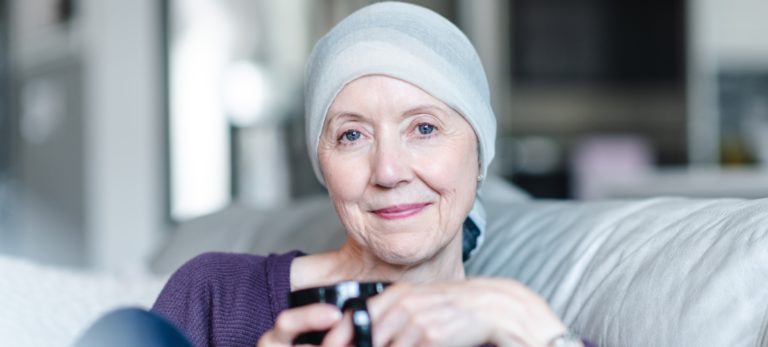Technology is developing rapidly and creates new potentials for better patient care. It also poses new challenges and ethical dilemmas. How do we cope with these?
Two tools for reflection and ethical assessment

The Quick and Proper Ethical Assessment Model
Some technologies are more complex and need a more thorough and exhaustive analysis. This model will guide and inspire reflections on some relevant aspects of ethics and technology.
The model is based on four steps. It guides you through a process of asking what might be beneficial about a technology and through a series of steps where issues can be discussed. Finally it guides you to a step where possible solutions can be proposed.
For whom
The model and material can be used for individual study and group sessions. We do recommend group sessions, since this can result in a more rewarding discussions and reflections.
Though all steps are relevant for both Healthcare professionals and healthcare managers, some questions are more suited towards a joint reflection with both groups present.
How to use the model
The model is generic and can be adjusted to the relevant technology.
The material consist of three parts:
- The model.
- Cards with questions and examples of answers. They can provide inspiration on how to work with the questions. They are based on both scientific literature and professional experiences.
- Vocabulary.
However, we encourage participants to use examples from their own daily practice.
Source / References
- Note: Holm et al. 13 highlight that ethical dilemmas arise from conflicts among values, norms,
and interests and can be understood as the tension of knowing the “right thing to do, but experiencing institutional or other constraints making it difficult to pursue the desired course of action” (p. 403) - https://www.karger.com/Article/Pdf/509119
- The Quick and Proper Ethical Assessment Model developed at Aalborg University, Denmark

Questions for reflections
This tool is a set of questions, that can be useful to start a discussion among healthcare professionals. They can lead to key points in developing guidelines for treatment etc. It can also be used as an indicator, to asses whether or not there is a need to do a more in depth study of the technology.



